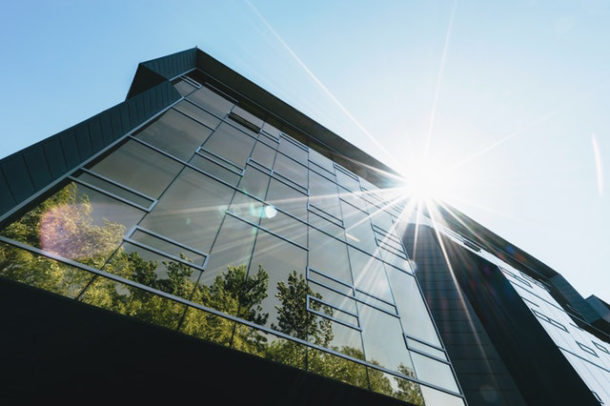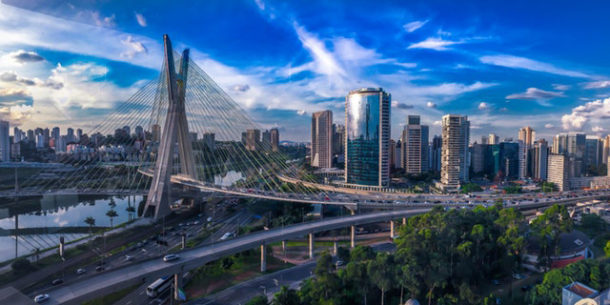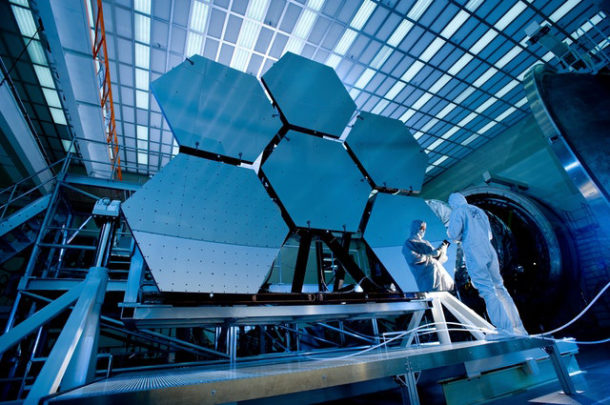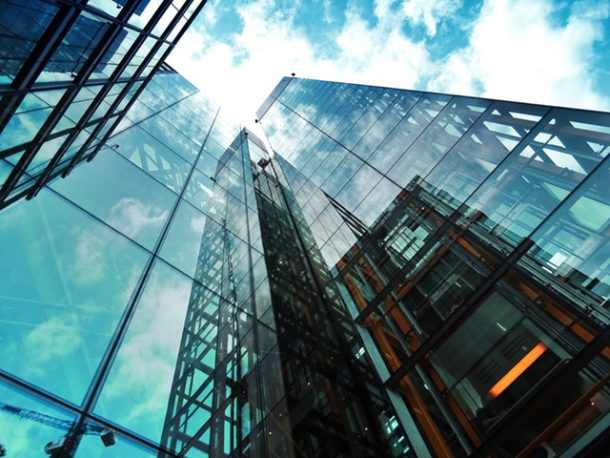Green & Sustainable: Construction Trends to Expect in 2018
Construction and architecture are industries in which green and sustainable designs can truly make a difference and contribute to the environment preservation. Each year brings us one step closer to brighter, greener and healthier homes and commercial buildings. In the year 2018, and the upcoming years, as well, sustainability will continue to be the primary goal, with global green building being expected to double by the end of the year, especially in countries with developing green markets. This year, more than a few construction trends are coming to the forefront with sustainability as their defining feature.
Net zero energy buildings
Buildings that consume the energy that they produce are no longer a vague concept, but rather a realistic and achievable goal of green and sustainable construction. Built using advanced methods, net zero buildings are the prime example of sustainable construction. Even retail stores are becoming self-sustaining, with the first net zero store being located in Evanston, Illinois. This retail store was built by Walgreens and its energy consumption is based on a geothermal system, solar panels and wind turbines. Furthermore, global corporations, including giants such as Nike, Starbucks, Apple, Google and Facebook, are dedicated to the environment preservation, committing to renewable energy resources. Geothermal, solar and wind energy, as the three main sources of renewable energy, are the backbone of net zero buildings. However, net positive energy buildings are also a promising construction trend for the upcoming years. Not only are these buildings self-sustaining, but they also produce excess energy. Considering the fact that the costs of net zero buildings are seeing a slow, but steady decrease, it’s only a matter of time when sustainable construction will become a world-wide practice.
Healthy construction
Along with net zero buildings come healthy buildings that promote the well-being of their occupants and the preservation of the environment. The basic principles behind healthy buildings are quite simple – improved air quality and maximised natural lighting. The elimination of Volatile Organic Compounds (VOCs) is one of the necessary steps for supporting these principles. By eliminating products that contain VOCs, the quality of indoor air in buildings can be significantly improved. In 2018, greater transparency in building products is expected to give rise to numerous environmental product declarations and regulations with the aim of identifying healthy, green and sustainable building products and materials.
Greened-up modular and prefabrication processes
Modular and prefabricated construction has already found its way to the spotlight in 2017. In 2018, these processes will continue to enjoy their popularity with a significant increase in their application. Modular construction and prefabrication are becoming more and more sustainable by implementing eco-friendly principles into numerous stages of their production and development. Green measures are being introduced to prefabrication processes with the aim of reducing construction waste, eliminating toxic products and materials and speeding up the process of on-site assembly by using smarter pre-fabricated steel frame solutions and flexible components. Modular and prefabricated homes are cost-effective and energy-efficient with a significantly reduced ecological footprint.
Sustainable materials
With numerous technological advancements, building materials are becoming more and more sustainable while manufacturing processes are becoming less and less damaging to the environment. For example, steel and concrete are the two most widely implemented building materials whose production accounts for up to 15 percent of global greenhouse gas emissions. However, the production processes have been revolutionised by the implementation of innovative technologies designed to reduce gas emissions. Although the production of steel and concrete still cannot be described as green and sustainable, it certainly can be seen as promising. Mass timber is a greener, more sustainable alternative to concrete and steel that can be implemented in commercial and residential construction. In fact, the application of this material provides us with numerous variants, such as glue-laminated and cross-laminated timber, as well as laminated veneer and laminated strand lumber. Gas emissions are substantially reduced in the production of mass timber and are just a fraction of gasses emitted during the production of steel and concrete. In general, the market for green building materials continues to grow and is expected to soar by the end of the year 2019. Materials made from recycled and salvaged products and waste content are being more and more applied, offering numerous benefits to the environment and building residents. Construction trends for 2018 will focus on sustainable materials, eco-friendly production and energy-efficient, healthy buildings that are a significant step forward for sustainable construction and architecture.
Author’s Bio: Lana Hawkins is an architecture student and the editor-in-chief on Smooth Decorator. She enjoys writing about interior decoration and landscaping. Lana is interested in sustainability and green building, and that’s where she gets most of her inspiration.
You might also like...
-
Kim Williams Interior Design Stepping Up: The Art of Storytelling with Staircases That Have Soul

A staircase is more than just a means of moving between floors. It is an architectural feature that can tell a story, express personality, and ...
-
The Art of Bold Living: Wallpaper Wonders with oLivespace’s Vanessa Frylinck

When it comes to transforming an interior into a vibrant and captivating environment, few tools are as impactful as bold wallpaper. Interior designers know that ...
-
Where Luxury Lives: A Conversation with Vinette Diab-Nicholls of Giava Interiors

In conversation with Vinette Diab-Nicholls, founder of Giava Interiors, we explore the essence of true luxury—where craftsmanship, beauty, and function come together in ...
-
Inside Lenny Kravitz’s Soulful Paris Home

A spiritual tribute to family and friends, stepping inside rock legend Lenny Kravitz’s Paris home is akin to paging through the musician’s diary – a ...


























